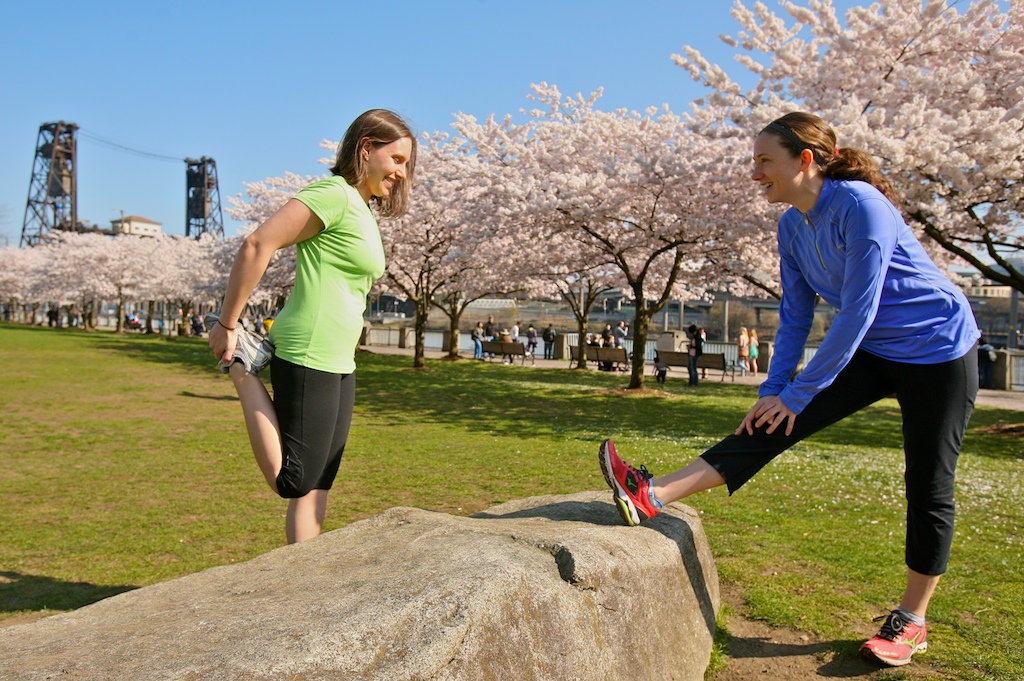Your hips and knees: they’re the largest joints in your body, connecting a large number of muscles, bones and ligaments. That means that much of the daily abuse that your body takes can ultimately impact your hips and knees. And when these crucial joints begin to show strain, it can become difficult to move much at all -- at least without pain.
For that reason, it’s important to seek medical attention for hip and knee pain as soon as possible. Often, physical therapy can be the key to avoiding surgery or prescription medication altogether, or rebounding quickly from those less conservative treatments.
How can I decrease hip pain?
Worn joints and pinched nerves are the most common culprits for hip pain. Aging and overuse often cause osteoarthritis, but this painful joint disease can also stem from old injuries. Repetitive motion sometimes leads to hip bursitis, in which fluid-filled sacs around your hips become inflamed. What’s another possible reason for your hip pain? Various nerves running to and from your hips can also become pinched, due to anything from pregnancy to poor posture.
Our physical therapists will give you a full evaluation, assessing your range of motion, level of hip pain, and whether the discomfort also radiates into your buttocks, thighs and groin. Based on this evaluation and existing medical tests, we’ll work on flexibility and strength exercises, as well as give you movement strategies to manage the pain.
What can I do about knee pain?
Some of the same causes of hip pain can also affect knees, including arthritis and bursitis. Sometimes, it's a overuse injury that is hampering you because the muscle is being tasked too hard for too long. Other times, it's an under-use injury where the muscles that should be acting to help stabilize the hip and knee are not strong enough to their job to the fullest extent. In addition, sports injuries such as tearing your anterior cruciate ligament (ACL) can lead to severe knee pain, as can suddenly twisting your knee and tearing your meniscus. “Loose body” is another knee pain cause; this involves bone or cartilage coming loose and getting in the way of joint movement. Finally, it’s not uncommon for a hip or foot problem to throw your knees out of alignment.
Our highly trained team will evaluate your knee issues, including the location and level of pain and how far you can bend and move your knees and legs in various positions. In all likelihood, your physical therapy to decrease knee pain will consist of strength-building movements, as well as stretches and other flexibility-enhancing techniques.
When you’re ready to begin working on methods for getting rid of your knee and/or hip pain, call us. Our dedicated team of physical therapists will evaluate your condition and suggest a course of treatment.




